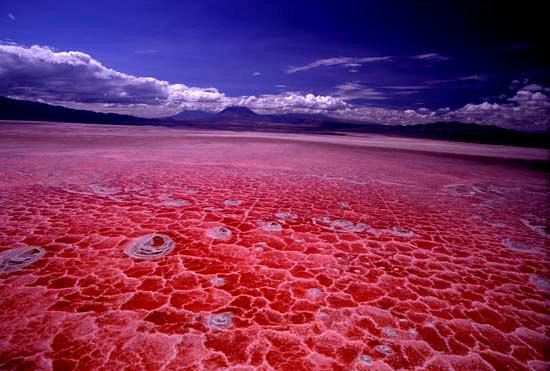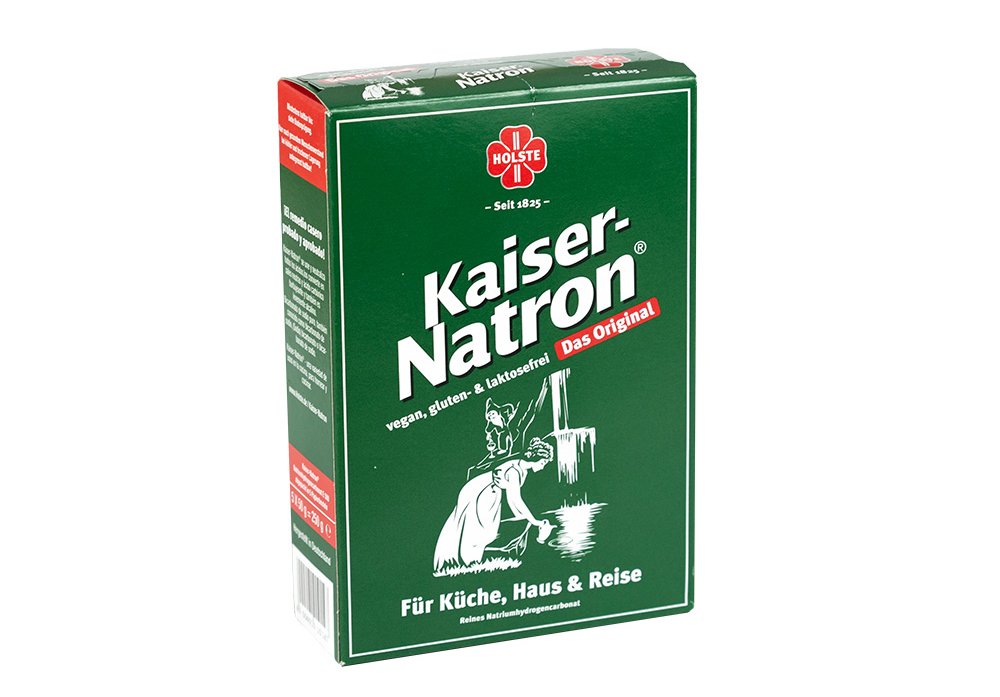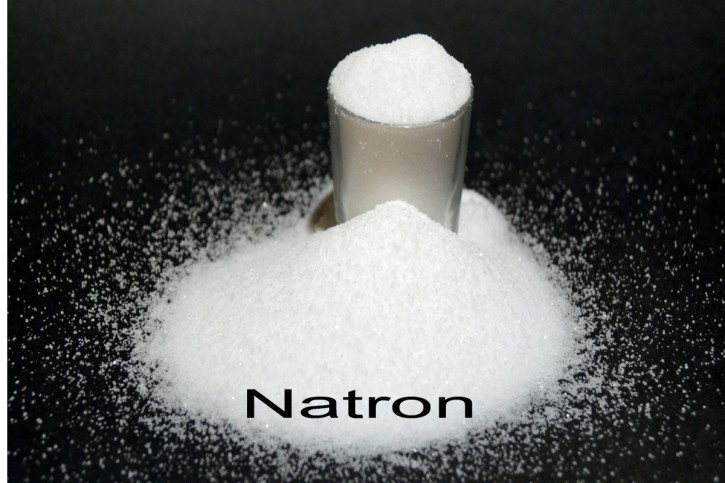
In modern mineralogy the word natron has come to mean only the sodium carbonate decahydrate (hydrated soda ash) which makes up most of the historical salt. Throughout history natron has had many practical uses which are still used in the wide range of modern uses of its constituent mineral components. Natron deposits are sometimes found in saline (salty) lake beds which arose in arid environments.

It can be gray or yellow with impurities.

Natron is white or without color when it is pure. Just remember to stand well back when opening the oven and use the fan as the ammonia can be rather overpowering.Natron is a natural mixture of sodium carbonate decahydrate ( Na 2 C O 3 ♱0 H 2O, a kind of soda ash) and about 17% sodium bicarbonate (also called nahcolite or baking soda, Na HCO 3) along with small amounts of household salt ( halite, sodium chloride) and sodium sulfate. This is ammonium bicarbonate and it works well for thin products, however it should not be used in cakes as ammonia is produced during cooking which can remain trapped inside, giving an unpleasant taste. For biscuit recipes using bicarbonate of soda, there is a Norwegian product called Hornsalt (found in the baking section in small yellow tubs).


Self-raising flour is not available, however as a rough guide add 1 level teaspoon of baking powder (bakepulver) to 4oz/110g plain white flour.īicarbonate of soda is called Natron (possibly labelled Bikarbonat – Natron – Ruokasooda). There are many different types of flour available and some of the types are listed below with a brief guide as to how they can be used.įor breadmaking, yeast is available, either in dried form (tørrgjaer, found in the baking section of the supermarket) or fresh (fersk gjær, found in the refrigerator).


 0 kommentar(er)
0 kommentar(er)
